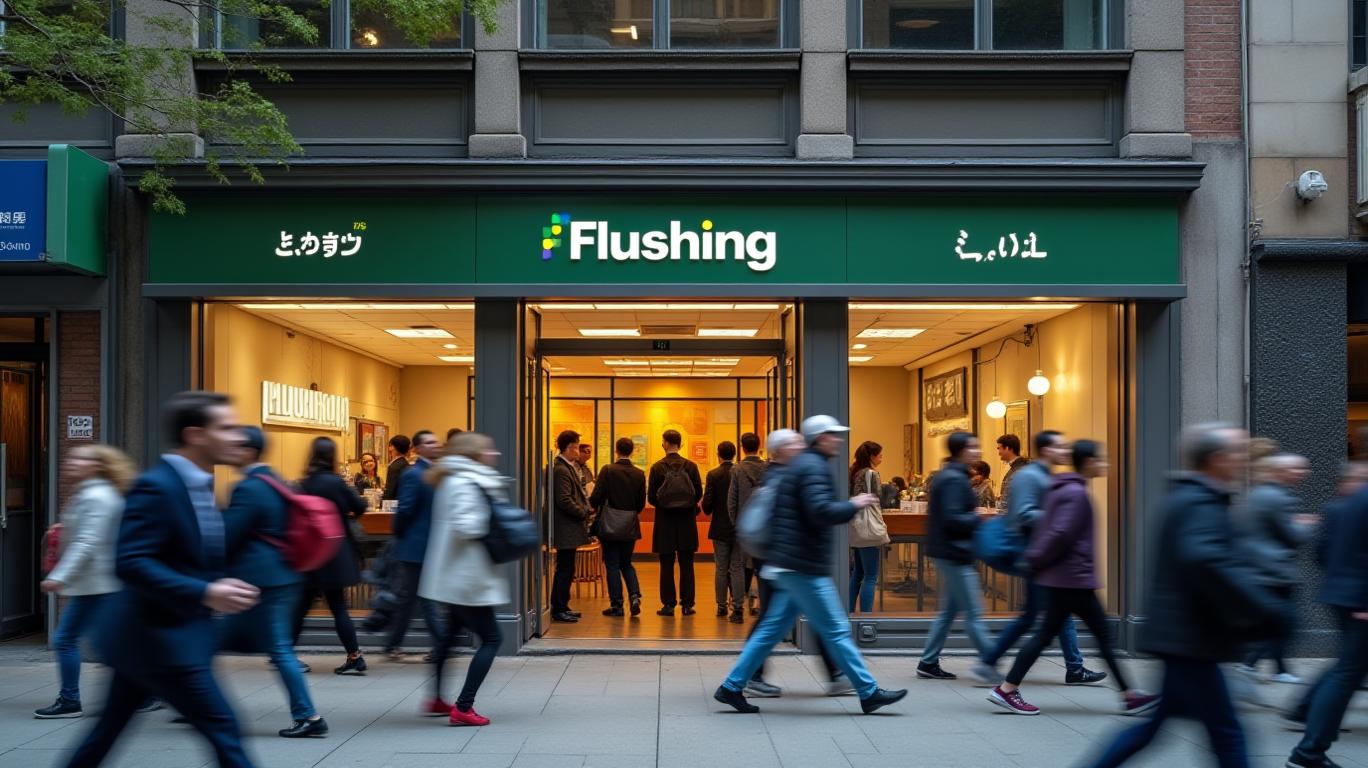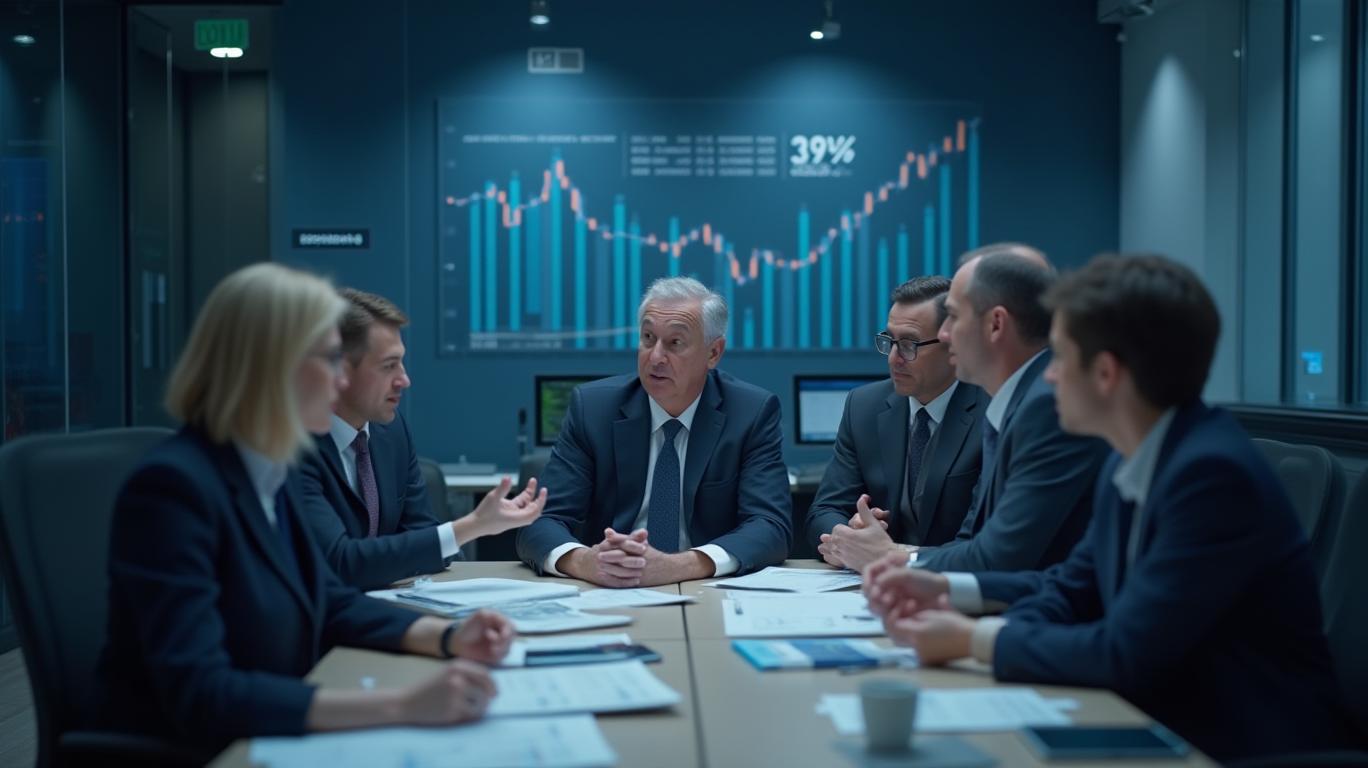FCR Immobilien’s Earnings Growth Masks Underlying Financial Vulnerabilities
FCR Immobilien AG (ETR:FC9) has reported robust earnings growth in 2024, with net income surging to €21.84 million—a 151% increase from the prior year. However, beneath the surface of these headline figures lies a complex financial picture that raises questions about the sustainability and quality of its earnings. This analysis delves into the metrics investors must scrutinize before embracing FCR’s apparent success.

Earnings Quality: A Disparity Between Net Income and Cash Flow
While FCR’s net income and EBT (earnings before tax) have risen sharply, its operating cash flow (OCF) lags behind. * reveals that OCF of €37.81 million (TTM) in 2024 is nearly double the reported net income. However, this apparent strength is misleading. A deeper look shows that *Funds from Operations (FFO)—a critical metric for real estate firms—dropped to just €7.0 million, a stark contrast to net income. This discrepancy suggests that non-cash items, such as depreciation or accounting adjustments, are inflating earnings on paper while actual cash generation remains weak.
The gap between net income and FFO raises red flags. For instance, FFO is often a better gauge of a real estate firm’s ability to cover expenses and pay dividends. FCR’s FFO of €7 million in 2024, compared to net income of €21.84 million, implies that much of its earnings are non-operational or non-recurring. This lack of cash flow alignment with reported profits undermines the quality of its earnings.
Debt and Liquidity: A Tightrope Walk
FCR’s financial leverage is another critical concern. **** shows its debt-to-equity ratio has improved slightly to 194% in 2024 from 255.7% in 2020. However, this still places it in a precarious position. With total debt of €280.68 million and equity of €144.7 million, FCR relies heavily on debt to fund its operations.
The interest coverage ratio of 2.5x—calculated as EBIT (€39.7 million) divided by interest expenses—highlights vulnerability. A ratio below 3x is considered risky, as it leaves little buffer if interest rates rise or earnings falter. Additionally, liquidity is strained: short-term assets of €15.1 million fall far short of short-term liabilities of €64.1 million, leaving FCR dependent on external financing to meet obligations.
Operational Challenges and Analyst Downgrades
Despite a 19.54% net profit margin (TTM), FCR’s revenue growth has stalled. Total revenue dipped to €56.45 million in 2024 from €58.57 million in 2023, with property sales revenue falling to €20.8 million. Analysts have taken note: the sole analyst covering FCR slashed 2025 forecasts, projecting a 6.1% revenue decline and a 16% drop in EPS. This reflects concerns over a weakening retail sector and FCR’s reliance on secondary markets, where rental demand is less stable.
The company’s decision to propose a dividend increase to €0.45 per share, despite these risks, further highlights the tension between shareholder returns and debt management. With cash reserves at just €1.41 million (excluding short-term investments), FCR may be prioritizing dividends at the expense of debt reduction or liquidity buffers.
Valuation and Market Perception
FCR’s valuation metrics are mixed. Its trailing P/E ratio of 15.87 and price-to-book ratio of 0.92 suggest the market is skeptical of its growth prospects. While analysts recently raised price targets to €22.00 (a 7.3% increase), this reflects optimism about its AI-driven efficiency initiatives rather than concrete earnings traction.
Conclusion
FCR Immobilien’s 2024 results paint a picture of a company leveraging strong balance sheet growth to mask underlying financial fragility. Key risks include:
1. Earnings Quality: The €14.84 million gap between net income and FFO indicates reliance on non-operational gains.
2. Debt Sustainability: A debt-to-equity ratio of 194% and interest coverage of 2.5x leave little room for error in a rising rate environment.
3. Liquidity: Short-term liabilities exceed short-term assets by over €49 million, signaling potential refinancing risks.
4. Revenue Stagnation: Slowing revenue growth and analyst downgrades cast doubt on future profitability.
Investors must weigh FCR’s strategic innovations—such as its AI-driven property management tools—against its precarious financial structure. While the company’s portfolio of over 80 properties and 94.1% rental occupancy provide a solid foundation, the operating cash flow deficit and high leverage suggest that earnings quality remains questionable. Until FCR improves its cash conversion and reduces debt, its growth narrative may remain overly optimistic.
The stock’s 28% year-to-date gain in early 2025 reflects investor optimism about its turnaround, but without resolving its cash flow and debt issues, this rally may prove fleeting. For now, FCR’s earnings growth appears more like a mirage than a sustainable oasis.


_442a2dcc1749832873286.jpeg)
_e68fac6d1749831664430.jpeg)





